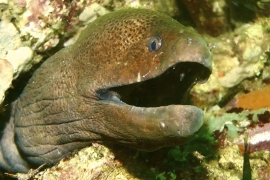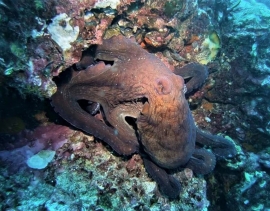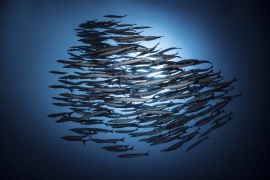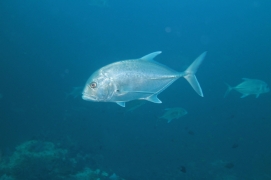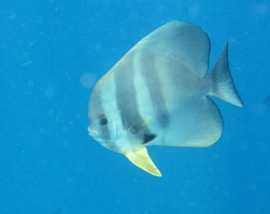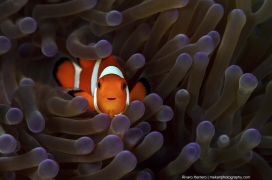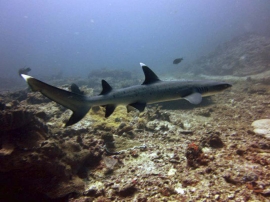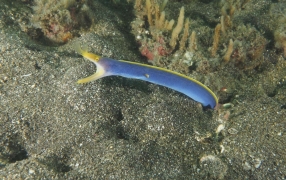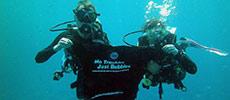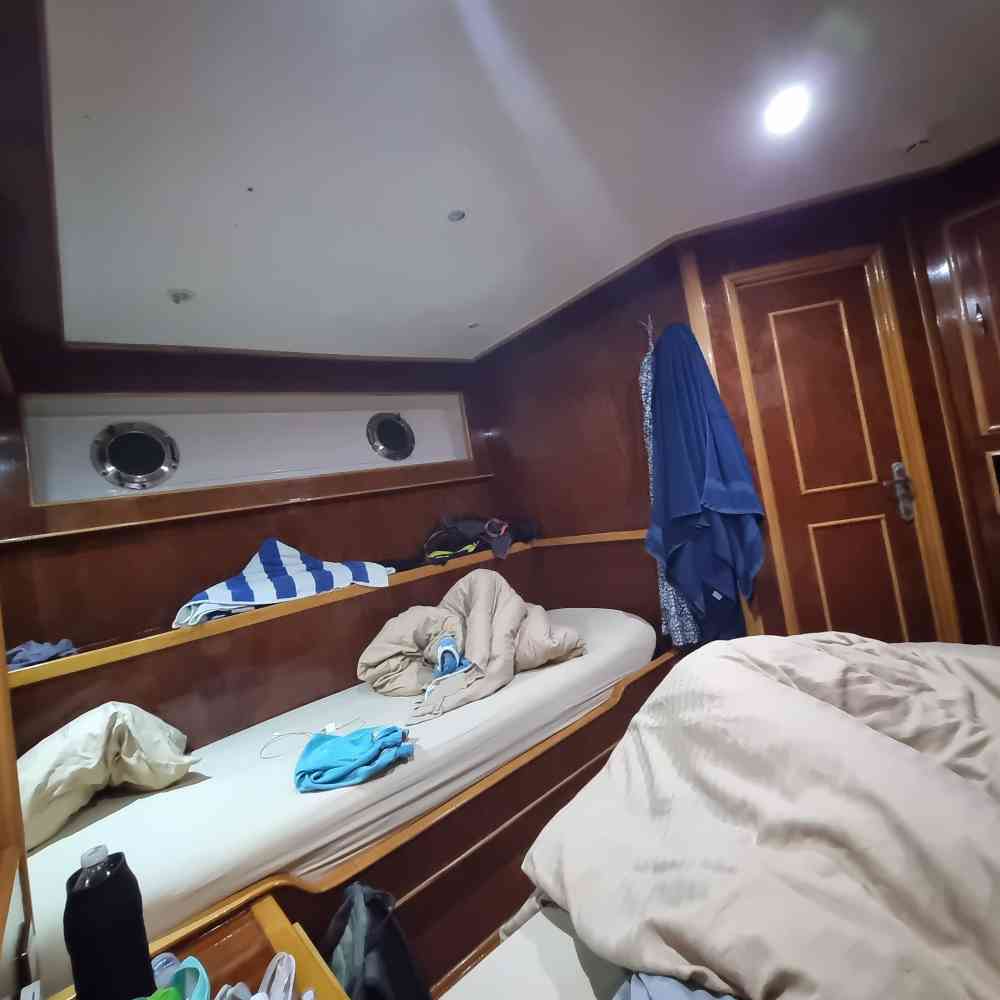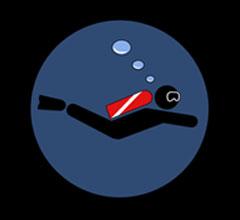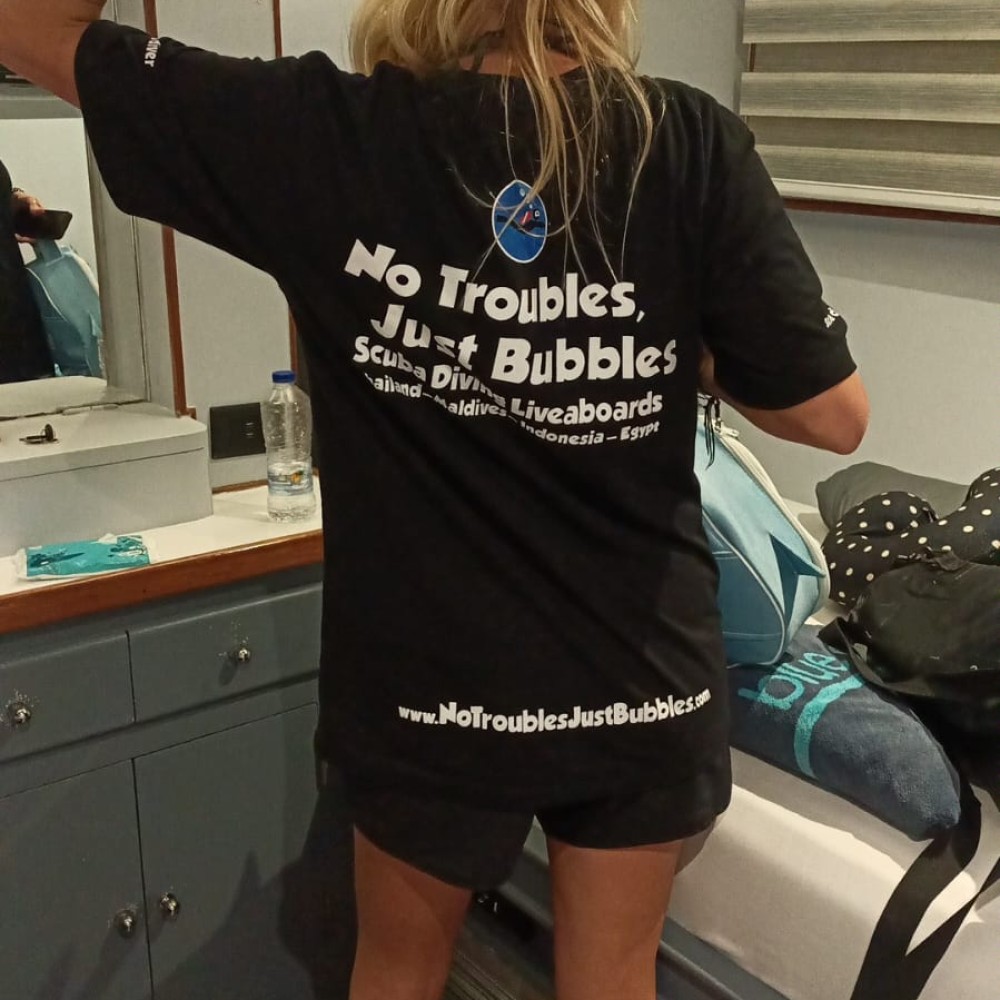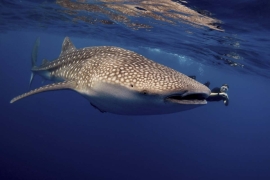
Thistlegorm Wreck
SS Thistlegorm is easily the most-famous diving wreck of The Red Sea. Thistlegorm was a British transport ship used in World War II and on its way to the Suez Canal when it was sunk by a German airstrike in the middle of the night October 5th-6th 1941. After German Intelligence (Abwher) heard of Allied troopships in the area, they sent a pair of Heinkel HE 111 aircraft to locate and destroy. However, the largest vessel that they found was SS Thistlegorm, which they bombed, hitting Hold #4 near the rear of the ship. Thistlegorm sank in less than 10 minutes, but luckily due to the warm weather that night most of the crew were sleeping on deck and survived. All but nine men were rescued by HMS Carlisle, which was moored nearby.

Within 15 years of Thistlegorm sinking, Jacques Cousteau had discovered it as a dive site, with the help of local fishermen and it had been featured in his book and by National Geographic. Then when the area of and around Sharm el Sheikh became developed as a tourist resort for scuba diving in the 1990s, the site became more and more popular with recreational scuba divers. It is now incredibly popular, which means it gets very crowded during the day in high season. Over the following years dive boats that moor at the wreck have caused damage with mooring lines. There was a period in the early 21st century that saw permanent mooring lines attached, but these weren't done properly and caused even more damage, especially in currents. Damage to the wreck has also been caused by the air bubbles of so many divers that have made air pockets within the wreck. At one stage the local authorities had to drill holes in the ceilings to let that air and future bubbles escape. Some items have also been looted from Thistlegorm over the years.
The wreck is nearly 130 metres long and lies almost upright at 32 metres. This means that it’s restricted to Advanced Divers and you need to spend time at depth, before a safety stop in the blue. This is ideal for diving on Nitrox. The wreck is regarded by many as the best wreck dive in the world. It is full of items transported for war, including guns, tanks, motorcycles, trucks, and even locomotive engines! SS Thistlegorm Wreck is located in the north of The Red Sea, at Shag Rock in the Gulf of Gubal, and can be visited by day trip boats and liveaboards. Day-trip diving boats from Sharm el-Sheikh can take up to four hours to get to the site and offer two-dive day trips. Therefore, during the day it can become very crowded. So liveaboard divers benefit from enjoying a less-crowded wreck on the first or final dive of the day.
Visibility is generally good to very good unless the sea conditions disturb silt that can reduce the clarity of the water. Marine life is healthy and abundant, but due to the vast number of divers who visit every day, shy species tend to stay away. However, the attraction here is not the marine life, but the wreck itself. It remains relatively intact, and has plenty of safe penetration points, even for divers without special training.
In honour and memory of the nine men who lost their lives during the attack and sinking.
Joseph Rolfe (17), Archie Giffin (18), Alexander Watt (21), Thomas Woolaghan (24), Christopher Todds (25), Arthur Cain (26), Donald Masterson (32), Kahil Sakando (49) & Alfred Kean (68)
Conditions at Thistlegorm Wreck
When to dive at Thistlegorm Wreck
You can dive all year at Thistlegorm Wreck, but the water is warmer from June to September.
What type of dive site is Thistlegorm Wreck
SS Thistlegorm is a wreck, and regarded bby many as the best shipwreck in the world for recreational scuba divers.
Where is Thistlegorm Wreck?
SS Thistlegorm is located in north of The Red Sea, near to the mouth of The Gulf of Suez. The nearest point of land is 9 kilometres to Thistlegorm's north east, but the nearest area of development (Sharm el Sheikh) is a 40 kilometre journey around the peninsula of Ras Mohamed Nature Reserve.
How to get to Thistlegorm Wreck
Best dived by Red Sea liveaboard from Hurghada, Port Ghalib, Marsa Alam & Sharm el Sheikh. Day trips are possible, but the journey is usually 4 hours each way, making for a very long day for just two dives.
Who can dive at Thistlegorm Wreck
Because the shallowest parts of the wreck are at 18 metres deep, this dive site is only suitable for Advanced Divers (CMAS2) or those with Open Water and Adventure Deep certification. However, its deepest area is just over 30 metres, meaning that enjoying it fully doesn't require you to have special training or certification.
What marine life can you see at Thistlegorm Wreck?
A wide range of marine life can be seen at SS Thistlegorm Wreck, including resident species and those which come to feed or be cleaned. However, the main attraction is the wreck itself, and the unique cargo that sadly sank with it.
Summary of Thistlegorm Wreck
SS Thistlegorm is probably the most-visited scuba diving wreck in the world, and for the average diver, one of the best. Like all popular tourist attractions, it can become very busy, and so busy during day dives that you can easily lose your buddy or group if you're not vigilant. It's much better to dive early in the morning on a liveaboard cruise. The wreck sits almost upright on the seabed at 30m, with its shallowest section at 18m. Thus it's ideal for all recreational scuba divers with the Advanced or Adventure Deep certification. Marine life is plentiful but not special. Visibility is usually good. What makes this wreck special is the quantity & variety of cargo, including vans, motorcycles and even locomotives! It is also easily accessible without special training.

